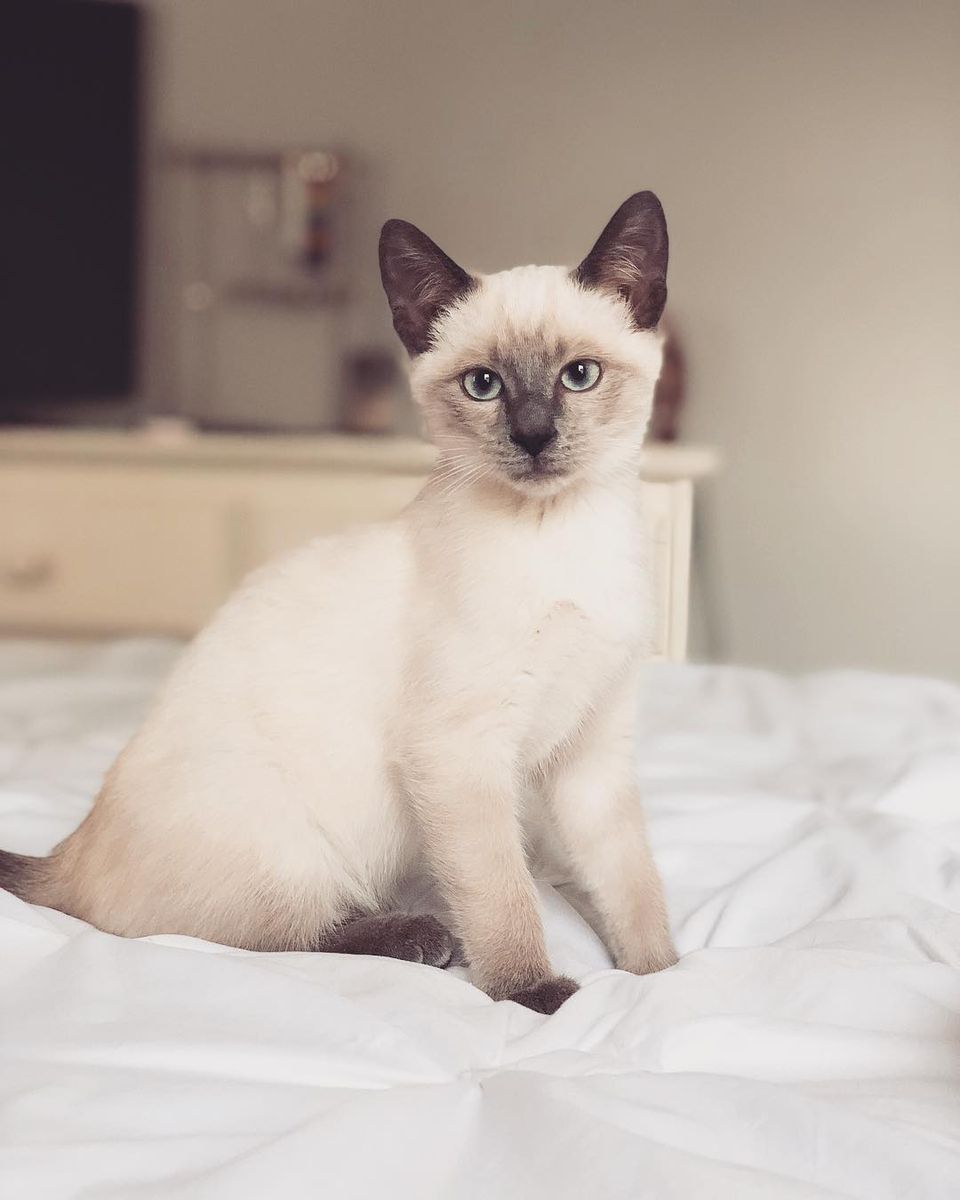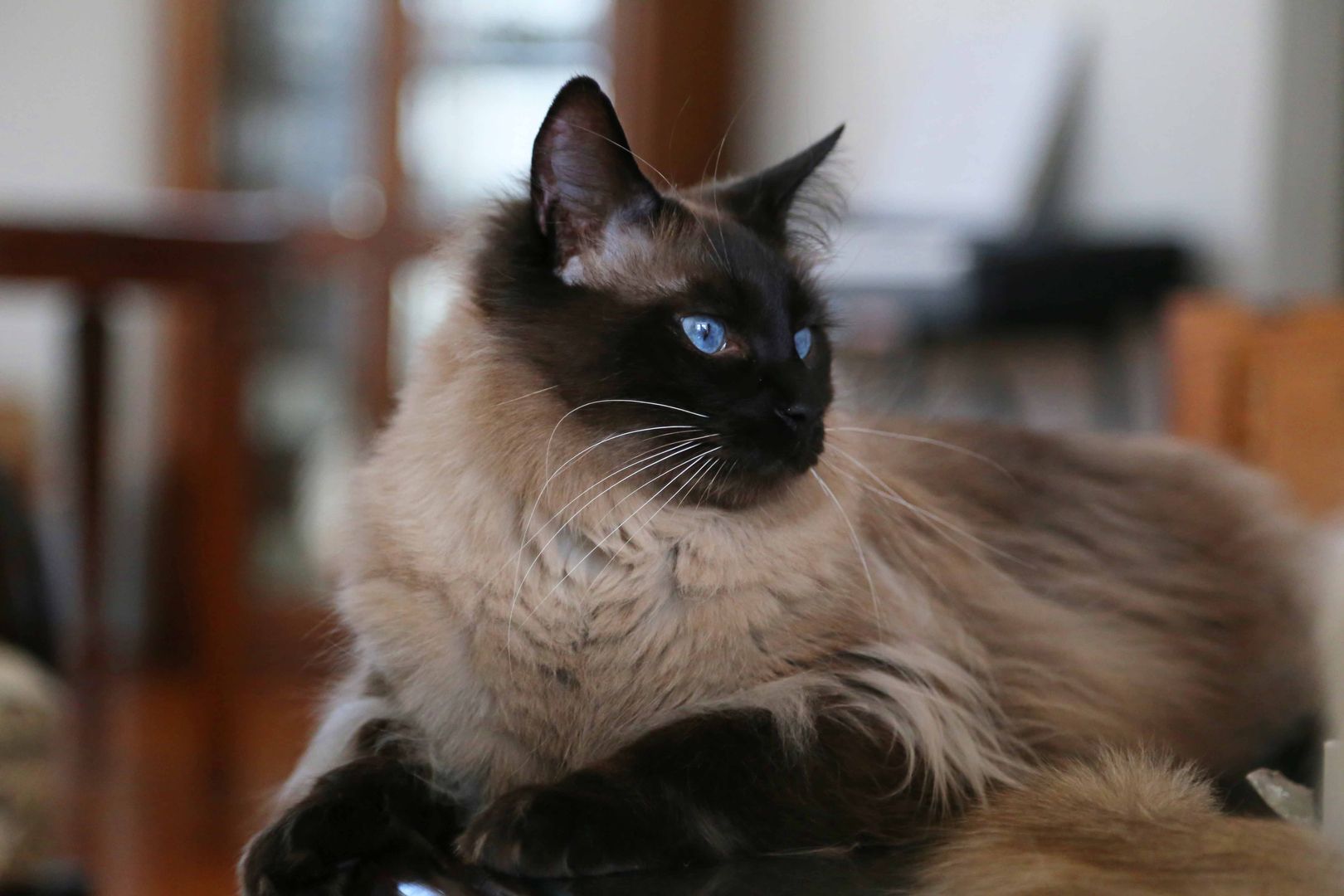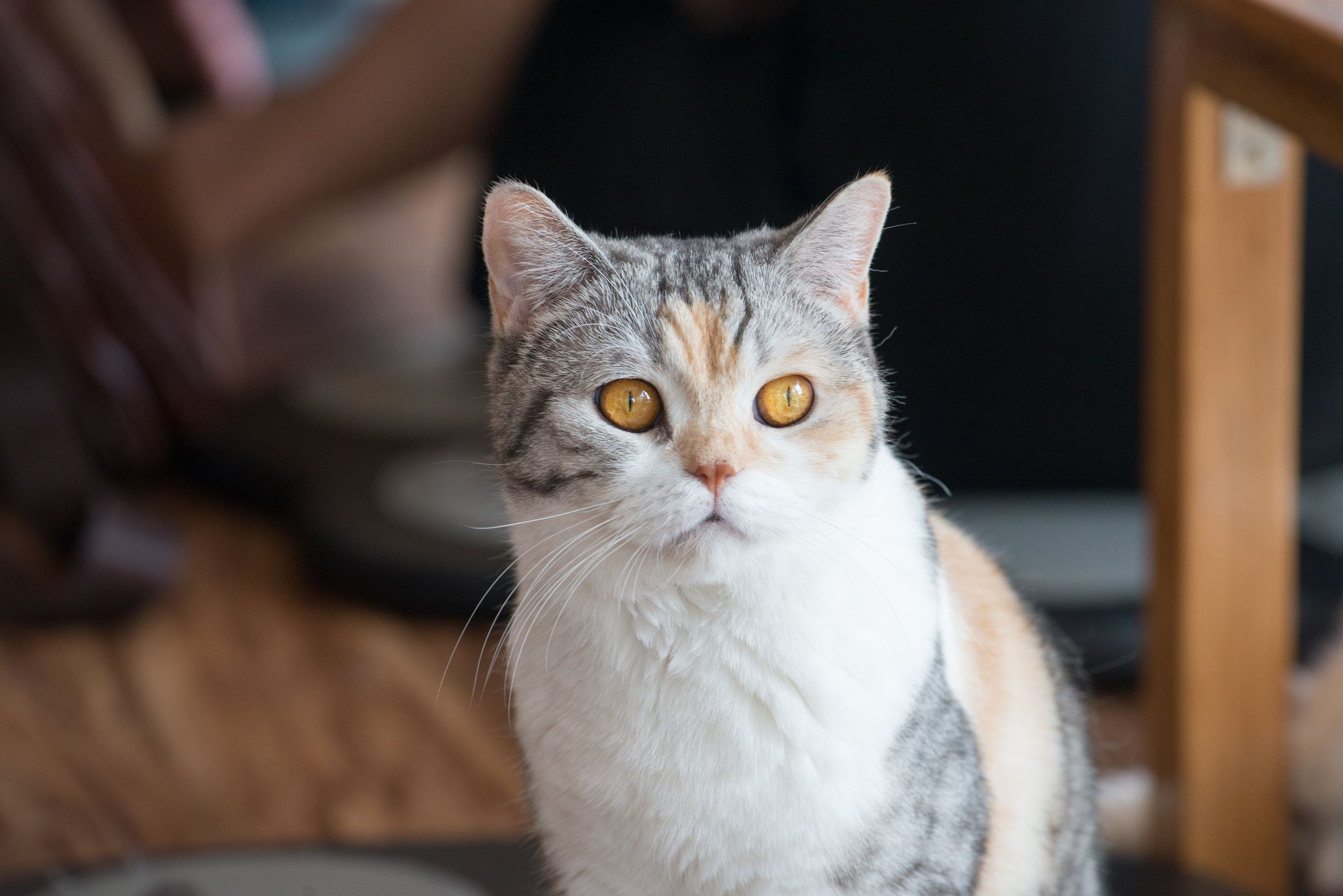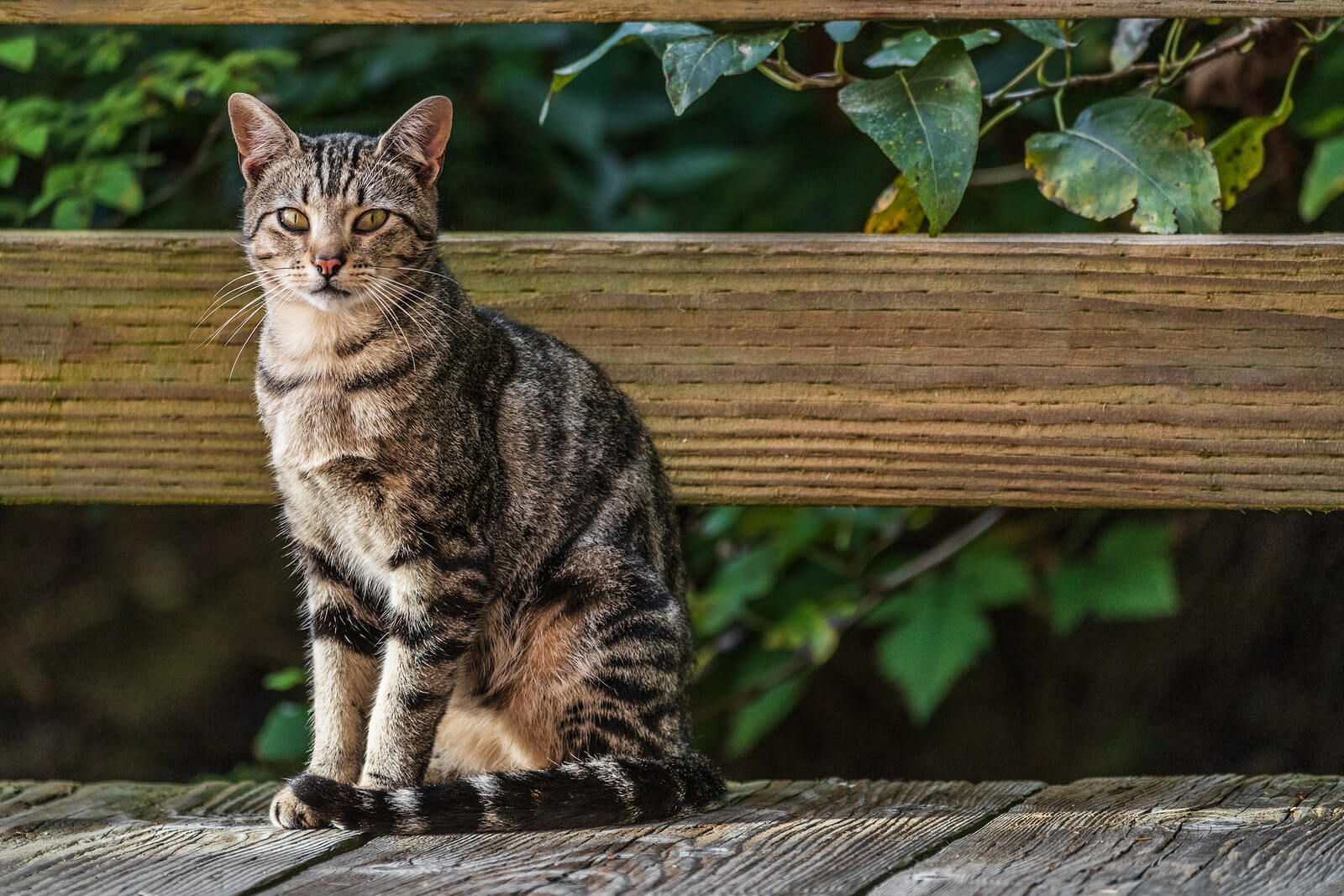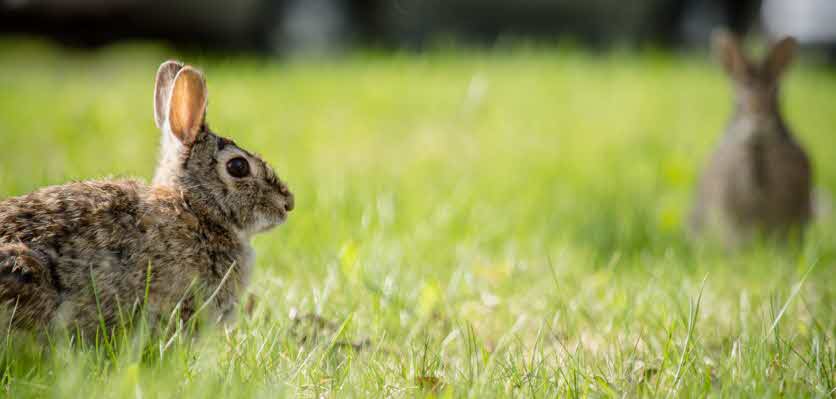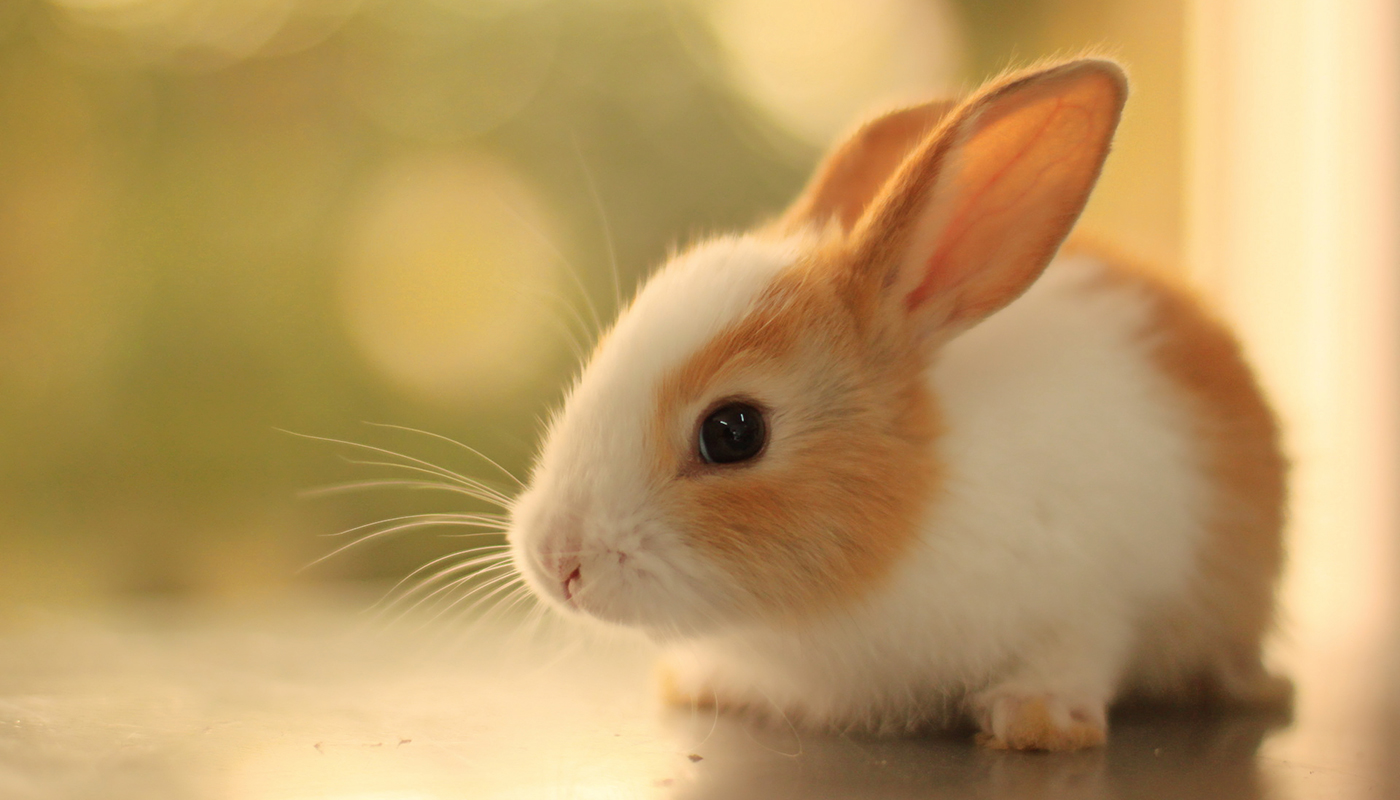
Cat Cat Breeds
American Curl Cat: Characteristics, Temperament, Cat CareAmerican Curl Cat: Characteristics, Temperament, Cat Care
The American Curl cat is an unusual breed with distinctive ears that gently curve backward. The backward curling ears are a result of a dominant mutation. This mutation was first documented in 1981 when a stray long-haired cat with curled ears was taken in by Grace Ruga and named “Shulasmith”. A subsequent unplanned litter resulted in two of the four kittens having curled ears. The first time these American curls, Shulasmith and the 2 kittens, were shown was at Palm Springs in 1983 where they created a lot of interest and excitement. Since the curled ears seemed to be a dominant mutation, Joe and Grace Ruga and a friend, Nancy Keister, started a selective breeding program with the intent of developing a new cat breed. The American Curl was first recognized in the US by the International Cat Association and later in 1991 was given provisional recognition by the Cat Fanciers’ Association (CFA). Cat size Small/Medium Exercise Requires little or no exercise Grooming Low shedding/Minimal grooming Temperament Pleasant,


